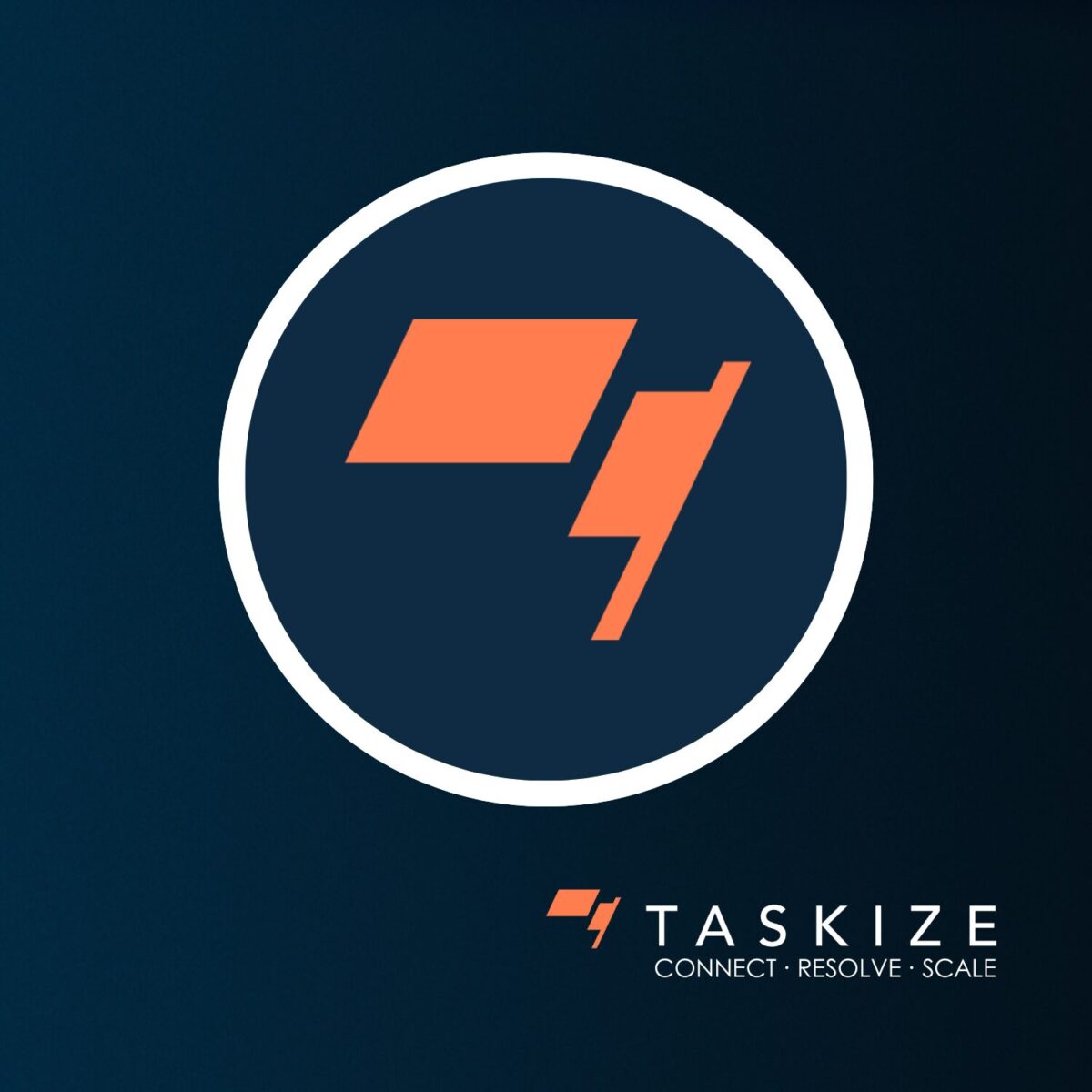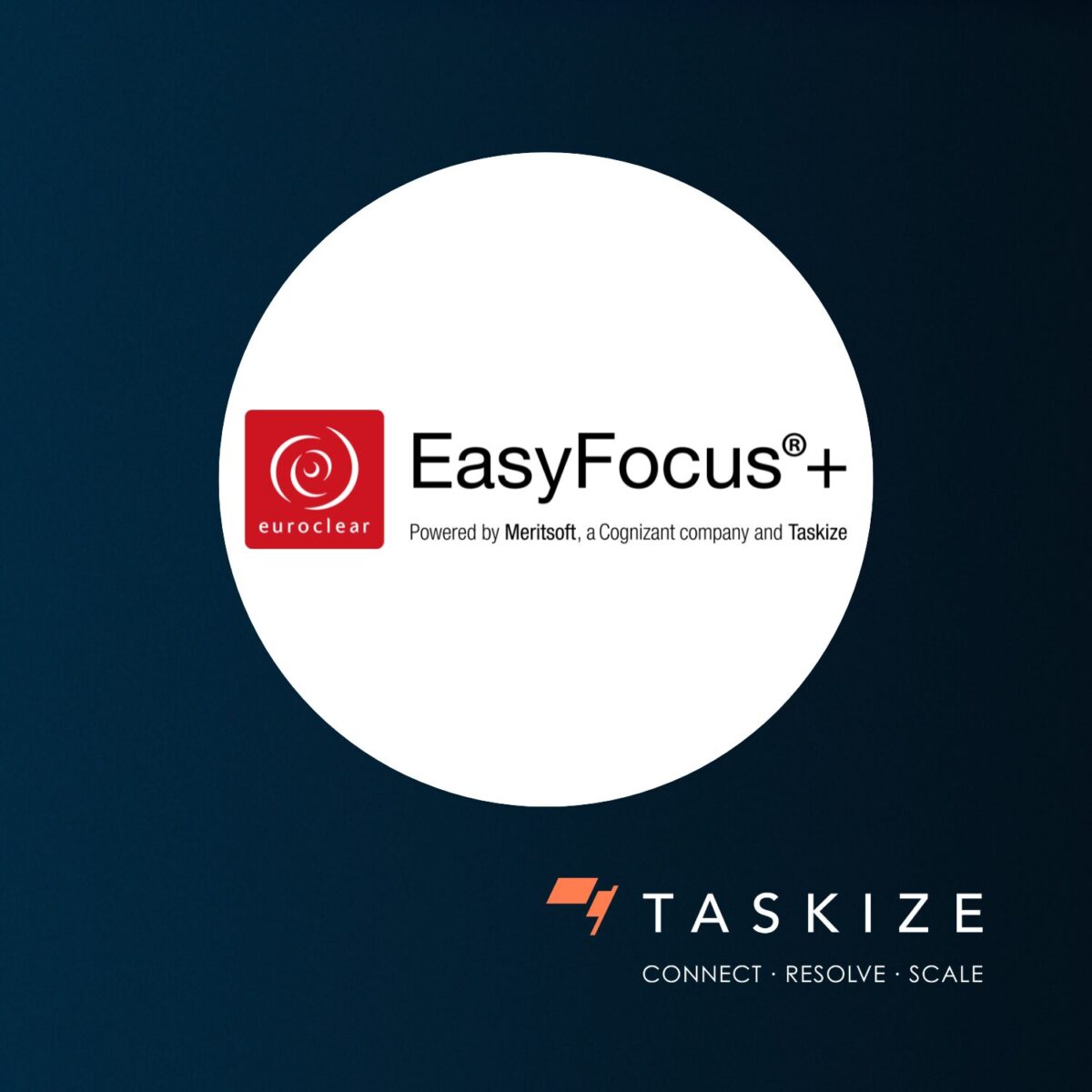Insights
It’s more than four letters, but legacy has become a dirty word in banking, shorthand for the inertia that binds budgets and staff to outmoded and inefficient processes. Legacy systems are far from perfect, and show their age versus newer pieces of kit, but they still have something to offer – otherwise they would have been discarded long ago.
In an age of unprecedented technological innovation, it’s easy to be in thrall to the potential of the new, and dismissive of the familiar. Viewed from a different perspective, legacy systems should be admired. They are still running, when others have been cast aside. They have proven largely adaptable, even though many are performing tasks they weren’t designed for, with outcomes that do not always meet expectations. And they are winners and survivors demonstrating reliability and resilience on a global scale.
As such there is an argument that they should only be replaced where there is certainty that developing and migrating to new capabilities will deliver a meaningful step-change in service delivery or process efficiency, while still meeting expectations around compliance, reliability, and security. Particularly, in the present environment, the combined effect of low returns on equity and revenue prospects, reduced operating margins and budgets, and high regulatory costs means that investment in new technology is often only happening cautiously – despite the evident need to deliver greater value to customers and meet new regulatory obligations.
Across the industry, many have very high hopes for blockchain’s potential to simplify and accelerate transaction flows. However, tackling issues around governance, security and scalability prior to production-level use is no easy task, and project timelines are regularly pushed back.
In the meantime, banks are increasingly looking to innovation to leverage existing resources, such as collaborating with fintechs or using cloud-based solutions. Some of these might be temporary quick fixes, but they demonstrate how existing resources can contribute to the solution, rather than being part of the problem. Is robotisation, automating manual routines, papering over the cracks or an evolutionary extension of proven systems?
This approach is less risky, less costly, and quicker to implement than some initiatives such as business process reengineering or outsourcing (BPO). Once considered the answer to back-office inefficiency, BPO providers must invest heavily and continuously to deliver efficiencies to multiple clients at scale, or fail to deliver, making them far from cheap. In a recent survey[1] 54% of global investment banks who outsource their post-trade activities were only ‘moderately satisfied’. A common complaint being that providers had not invested beyond meeting regulatory requirements.
Taskize is an example of how fusing the old with the new can deliver significant results without major process reengineering, investment or timelines. Our problem-solving network helps banks resolve the exceptions and breaks that inevitably arise as instrument innovation and counterparty customisation stretch the capabilities of straight-through processing. The dozens of banks already using Taskize are extending the working life of the tried-and-tested, whilst reducing the complaints and costs caused by long-drawn-out resolution processes. It brings consistency to an area of the industry traditionally hampered by a lack of harmonisation and communication across counterparties.
In Darwinian terms, the systems on which vital processes and functions now run have survived successive rounds of post-M&A rationalisation to become best in breed. Legacy systems require more care and attention as they get older, but the right investment in skills and complementary solutions can extend their longevity and utility. Treated like a liability they will be nothing but trouble, treated like an asset, they can yield dividends year on year.
[1] Oliver Wyman and BNP Paribas Securities Services: Post-trade processing – Investment banks rethink third-party strategies (2017)

